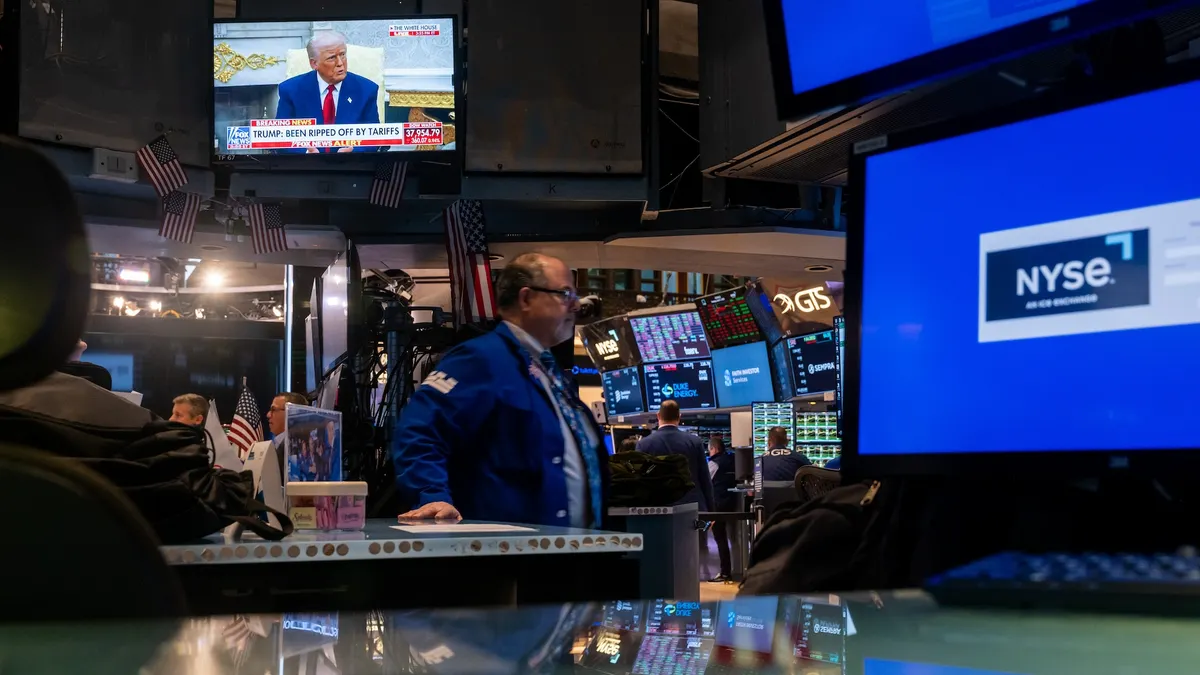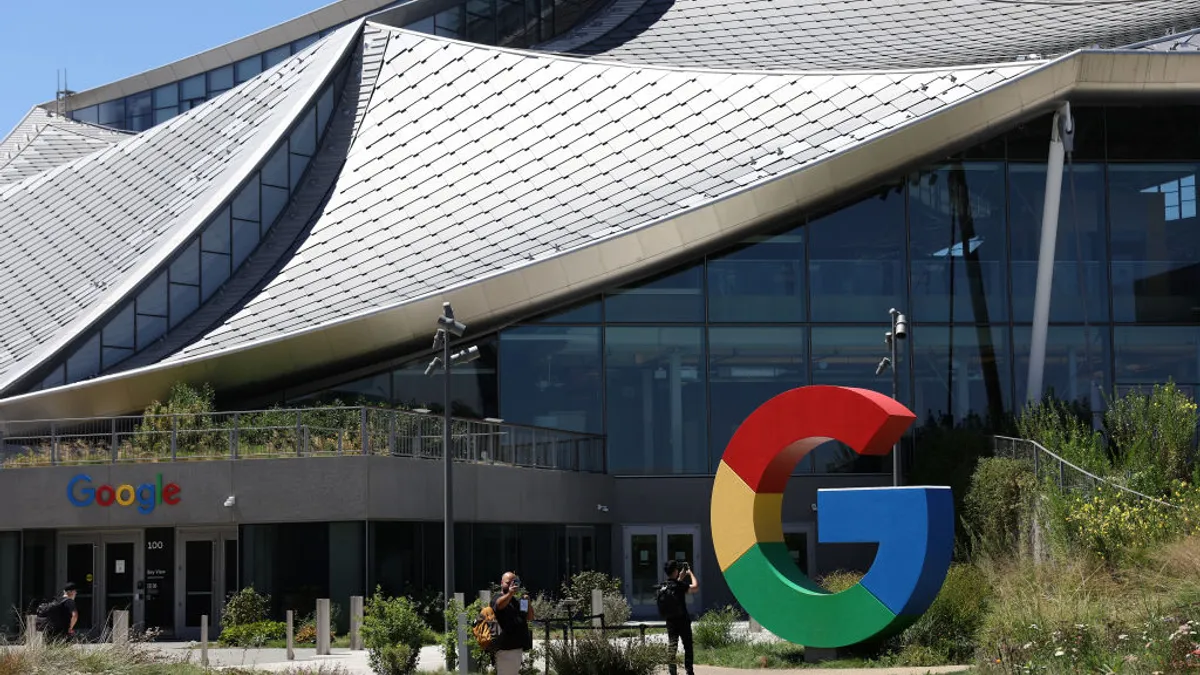Dive Brief:
- Wal-Mart Stores CEO Doug McMillan said the chain is giving employees mobile devices to make their jobs easier. Speaking to investors in a conference call on Thursday, he said new in-store apps and handhelds are being used to monitor product inventories and streamline tasks.
- The improved efficiencies and better inventory control allow employees to devote more time to interacting with customers instead of spending time on other tasks. “We’re transforming to become more of a digital enterprise,” McMillan said. That evolution includes a new feature on its mobile app that will process transactions and let customers avoid waiting in checkout lines.
- Online sales also were a big driver of growth for the company, rising 63% in the first quarter from a year earlier. Management downplayed how much of the gain resulted from the acquisitions of Moosejaw and ModCloth during the quarter, saying most of that was organic growth at Walmart.com, according to Investor’s Business Daily.
Dive Insight:
Wal-Mart has recognized Amazon as a competitive threat since the early days of internet commercialization and has seen the e-commerce pioneer’s sales grow by double digits year after year. But this past year has been notable for Wal-Mart’s embrace of mobile technologies that not only drive sales, but also help manage store operations.
Wal-Mart CEO Doug McMillan described the transformation for shareholders in pointing out how mobile technologies are helping employees to do their jobs more quickly and efficiently. By freeing store employees from restocking and inventory tasks, they are able to provide a more personalized touch for customers and drive better sales.
That kind of customer interaction is one way that brick-and-mortar stores can differentiate themselves from online competitors that are busy collecting reams of data about customers' purchase history, product searches, reviews and geographic data. While Wal-Mart’s $482 billion in sales last year dwarfed Amazon’s $136 billion, their rivalry will only intensify — particularly if Amazon makes a major investment in brick-and-mortar retail by buying a chain like Whole Foods or BJ’s Wholesale Club, as was reported last month.












